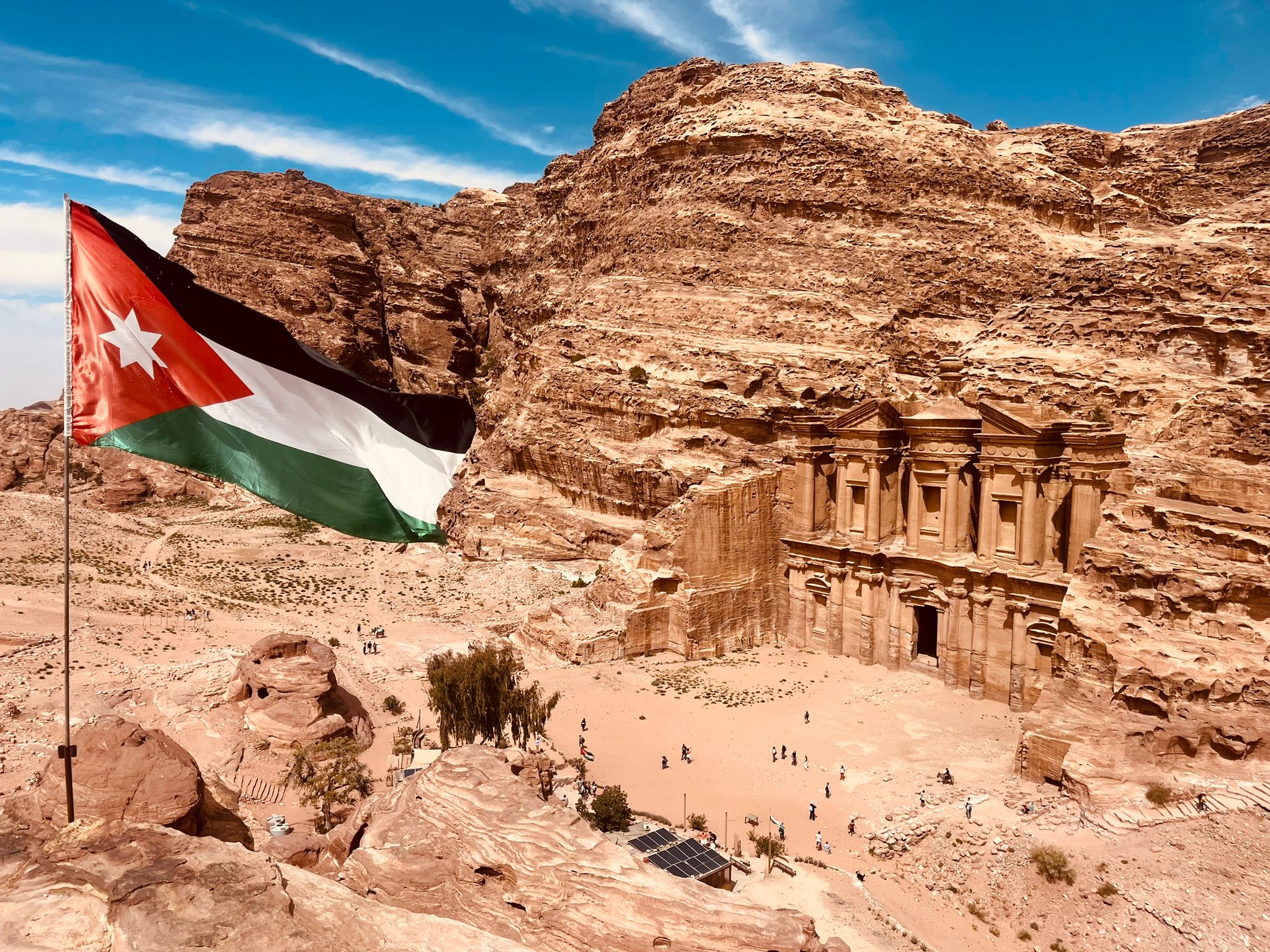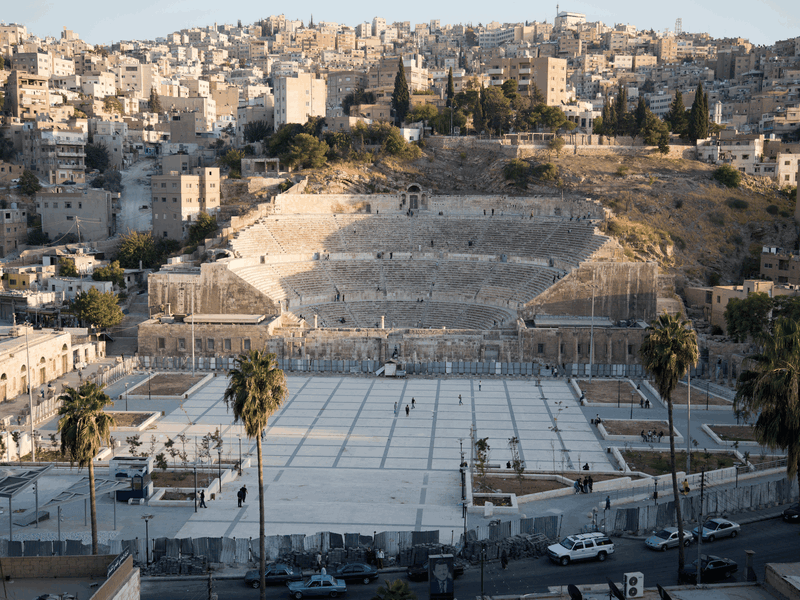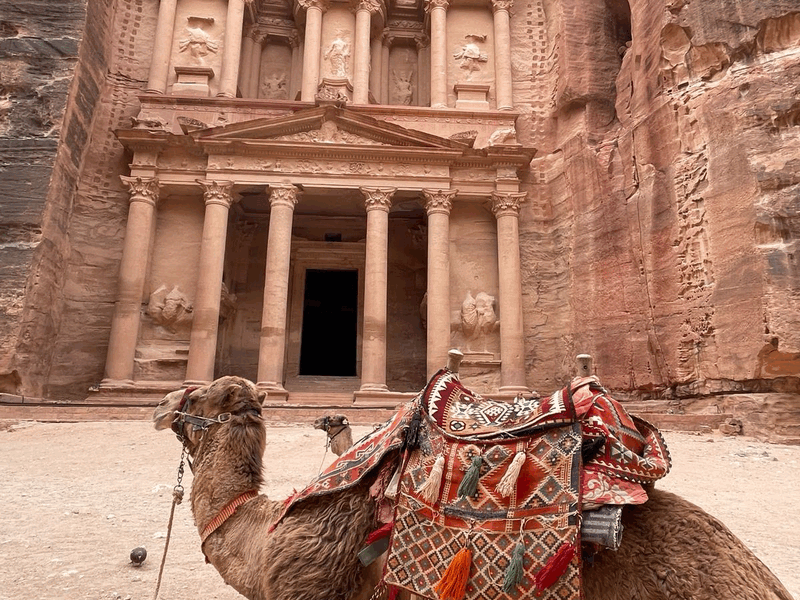
In the rugged expanses of Palaestina Tertia, a bastion against nomadic tribes and Sassanian threats, monasticism thrived as a beacon of spiritual refuge and defense. From the strategic outpost of Zoara to the desolate cliffs of Wadi Mujib, ascetics sought solace amidst the tumultuous frontier.
Byzantine Bastions and Desert Sanctuaries
The province’s western precincts, adorned with fortifications and ancient roads like the Via Nova Triana, safeguarded the region against incursions, while fostering a network of urban centers. In this landscape, monastic communities, rooted in biblical tradition, flourished, drawing pilgrims seeking spiritual communion amidst the arid expanse.
Legacy of Justinian and Ascetic Abundance
Emperor Justinian’s vision for the East encompassed not only military fortifications but also the construction of churches and monastic complexes, perpetuating the ascetic legacy. Recent excavations reveal a tapestry of monasteries and hermitages, attesting to a vibrant ascetic community spanning centuries, even into the Islamic era.
From Lisan Peninsula to Ghor Safi: Sanctuaries Amidst the Wilderness
From the shores of the Dead Sea’s Lisan Peninsula to the precipitous cliffs of Wadi Al Hasa, hermitages dotted the landscape, providing havens amidst the inhospitable terrain. Coenobium monastery of St Lot in Ghor Safi and the revered Monastery of St Aaron in Petra stood as testament to the enduring spiritual legacy of the region.
Preserving the Past for Future Generations
Today, the echoes of this vibrant monastic tradition resonate through archaeological endeavors and restoration efforts. Sites like the Monastery of St George in Madaba and the Cliff Side Memorial in Wadi Al Hasa stand as testaments to a bygone era, inviting modern pilgrims to trace the footsteps of ancient ascetics.





